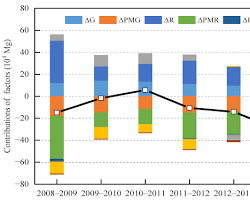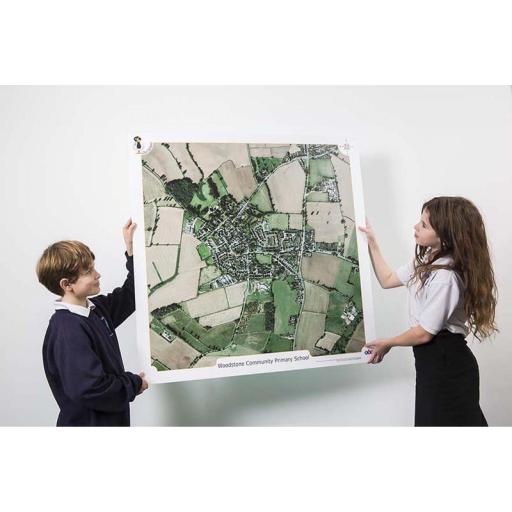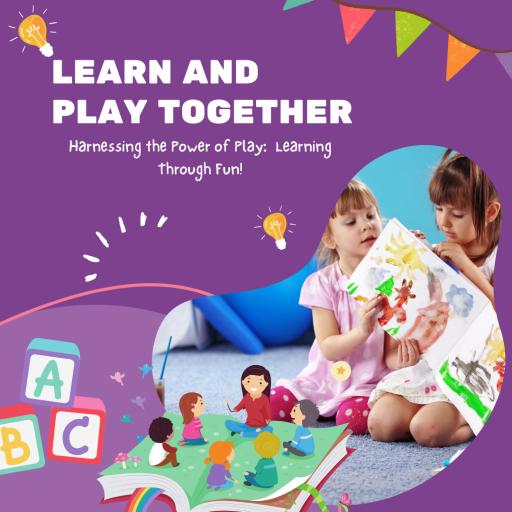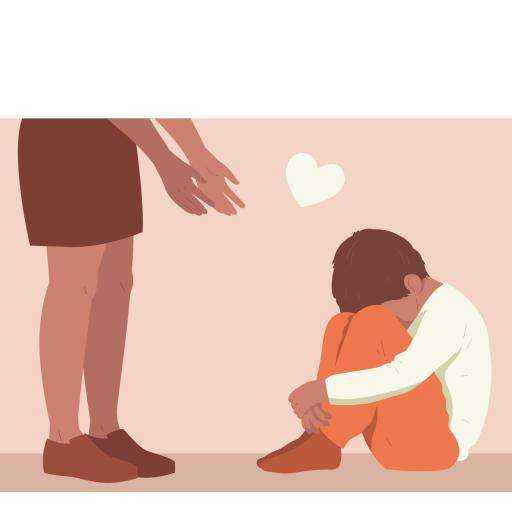In the bustling hallways of Oakwood Elementary, amidst the laughter and chatter of children, a silent battle was being waged. Sarah, a quiet, introverted girl, was the target of relentless bullying from her classmates, led by the boisterous and intimidating, Kevin.
Sarah's Perspective: A Silent Scream
Sarah's heart pounded like a drum in her chest as she entered the school gates, her stomach churning with anxiety. The taunts and jeers that awaited her were a constant reminder of her isolation and vulnerability. The once vibrant colors of the schoolyard now seemed muted and dreary, reflecting the darkness that had settled over her spirit.
"Nerd," "Freak," "Loser," the words echoed in her ears, each one piercing her self-esteem like a sharp shard of glass. She longed to blend into the background, to disappear from the cruel gaze of her tormentors.
The taunts and jeers were bad enough, but the physical bullying was even worse. Kevin would shove Sarah into lockers, causing her to bruise and bleed. He would trip her in the hallways, causing her to fall and scrape her knees and elbows. Sarah was always in pain, both physically and emotionally.
The bullying had taken a toll on Sarah's health. She was constantly on edge, and she had trouble sleeping. She had lost her appetite, and she was starting to develop anxiety and depression. Sarah's grades were also suffering, as she was too afraid to concentrate in class.
Sarah didn't want to tell her parents about what was happening. She was afraid that they would be disappointed in her for not being able to stand up for herself. She was also afraid that they would make things worse by talking to the school principal.
So Sarah kept her secret, and she continued to suffer in silence. She felt like she was trapped in a living nightmare, and she didn't know how to escape.
Kevin's menacing presence loomed over her, his laughter a constant soundtrack to her days. He would trip her in the hallways, hide her belongings, and spread malicious rumors about her. Sarah felt powerless, trapped in a web of humiliation and fear.
The once joyful act of learning became a source of dread. She would pretend to be sick, feigning illness to avoid the classroom, the sanctuary where her tormentors held sway. Her grades plummeted, her once bright spirit dimmed by the weight of their cruelty.
Kevin's Perspective: A Mask of Bravado
Kevin was a troubled boy. He came from a broken home, and he had never really experienced love. His parents were alcoholics, and they were often too drunk to care for him. They would fight constantly, and Kevin would often get caught in the middle.
When Kevin was eight years old, his parents divorced. He was devastated, and he felt like he had lost everything. He was moved in with his father, but things didn't get much better there. Kevin's father was still a heavy drinker, and he was often abusive.
Kevin started acting out in school. He would get into fights with other kids, and he would often get in trouble with the teachers. He didn't care about anything, and he felt like he had nothing to lose.
One day, Kevin was caught bullying a younger student. The principal suspended him, and he was expelled from school a few weeks later. Kevin was now a lost and angry boy. He had no home, no school, and no friends. He felt like he didn't belong anywhere.
That's when Kevin started hanging out with a group of older boys. They were tough and rebellious, and they made Kevin feel like he was finally part of something. But these boys were also bullies, and they soon started taking Kevin under their wing.
Kevin learned how to be tough and mean from these boys. He learned how to intimidate and manipulate others. He learned how to make people feel afraid.
And that's how Kevin became a bully. He was a hurt and angry boy, and he was looking for a way to lash out at the world. He didn't know any other way to deal with his pain, so he took it out on others.
Breaking the Cycle: A Path to Understanding
As Sarah's parents watched their once vibrant daughter withdraw into a shell of her former self, a sense of helplessness and despair began to grip them. They noticed the dark circles under her eyes, the slump in her shoulders, and the silence that had replaced her once bubbly chatter.
Sarah's mother, a woman of quiet strength and unwavering love, would often find her daughter curled up in her bed, tears streaming down her face. She would hold her daughter close, whispering words of comfort and reassurance, but the pain in Sarah's eyes remained.
Sarah's father, a man of determination and a deep-rooted belief in justice, would confront Sarah, gently coaxing her to open up about her tormentors. But Sarah, trapped in a web of fear and humiliation, remained silent, her secret held tightly within her heart.
The parents' attempts to reach out to Sarah's teachers initially met with frustration. The teachers, unaware of the extent of Sarah's suffering, attributed her declining grades and withdrawn behavior to a lack of effort or motivation. Sarah's parents, however, knew better. They knew their daughter was a bright and capable girl, and they could sense the deep pain that was clouding her judgment and hindering her progress.
Determined to protect their daughter and bring an end to her suffering, Sarah's parents sought guidance from the school counselor. The counselor, a compassionate and understanding individual, listened intently to their concerns and offered valuable advice. She suggested strategies for Sarah to cope with the bullying, emphasising the importance of self-esteem and assertiveness.
Together, Sarah's parents and the counselorstarted mission to empower Sarah and break the cycle of bullying. They worked with Sarah to identify her strengths, teaching her to recognise her own worth and value. They encouraged her to find her voice, to speak up for herself and assert her right to feel safe and respected.
As Sarah began to regain her confidence and self-worth, she found the courage to confront Kevin, her bully. She stood tall, her voice firm and unwavering, as she told him how his actions had affected her. Kevin, taken aback by Sarah's unexpected assertiveness, was forced to confront his own behavior. He began to see the pain he had caused, the emotional scars he had inflicted.
With the help of the school counselor, Kevin embarked on a journey of self-reflection, exploring the root causes of his bullying tendencies. He stopped hanging around with the older kids and learned to channel his energy into positive outlets, finding validation in his own achievements rather than in the subjugation of others.
As Sarah and Kevin began to heal, a sense of peace and understanding settled over the schoolyard. The taunts and jeers subsided, replaced by a growing sense of empathy and compassion. Sarah, once a victim of bullying, had become a beacon of resilience, her story a testament to the power of self-advocacy and the transformative potential of understanding.
Statistics on Bullying.
- According to the National Bullying Prevention Center, 20% of students report being bullied at school.
- Students who are bullied are more likely to experience anxiety, depression, and low self-esteem.
- Bullying can lead to suicidal thoughts and attempts.
Graph:

graph showing the percentage of students who report being bullied at school from 2009 to 2019
As you can see from the graph, the percentage of students who report being bullied at school has decreased slightly in recent years. However, bullying is still a serious problem that affects millions of children and adolescents.
Additional Facts
- Girls are more likely to be bullied than boys.
- Students who are perceived as different in some way, such as those with disabilities, learning difficulties, or sexual orientations, are more likely to be bullied.
- Cyberbullying is a growing problem, and it can be even more harmful than traditional bullying because it is anonymous and can be relentless.
What Can Be Done to Prevent Bullying
- Schools can implement anti-bullying programs and policies.
- Parents can talk to their children about bullying and teach them how to stand up for themselves.
- Communities can raise awareness about bullying and create a culture of respect and inclusion.
Bullying is a complex issue, rooted in a multitude of factors. It is not simply a matter of a victim and a bully; it is a web of interconnected experiences, including the dynamics within families, schools, and communities.
By fostering empathy and understanding, we can break the cycle of bullying. We can empower victims to speak up and seek help, and we can guide bullies towards more positive and constructive behaviors.
Let us work together to create a world where kindness and respect prevail, where every child feels safe, valued, and included.

























